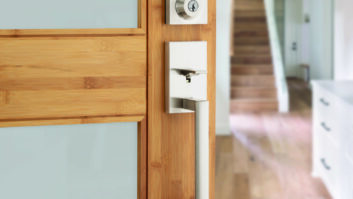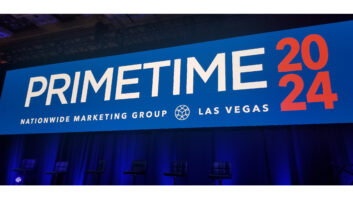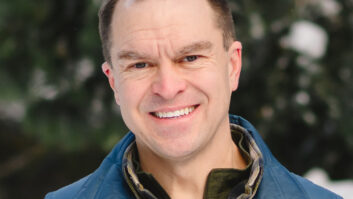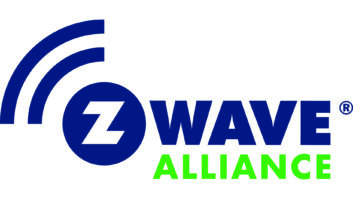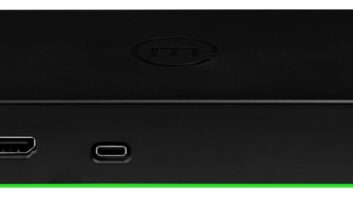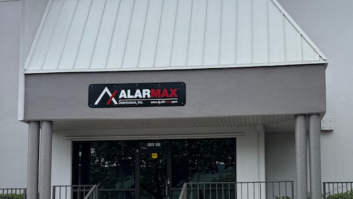Take a look at any new promotional material regarding a high-definition television set today and the acronyms associated with it are bewildering.
While a part of an engineer’s everyday vernacular, most consumers can’t identify an acronym with words they’ve never heard or used before. This problem is not unique to consumers though. Take an installer for example: they spend their days driving to customers’ homes, installing equipment, and then, like a disappearing act, they’re back in their vehicle and reappearing at another customer’s home.
Somewhere in their busy schedule, these installers must find time to learn about the latest and greatest changes in technology, not to mention other changes in company policy, certifications in addition to local and state codes. It is a daunting task for the ordinary installer, and even more so for the business owner.
The satellite-television installer faces similar challenges daily. The satellite industry has long been a leader in cutting-edge video technology. Satellite television — a.k.a. Direct Broadcast Satellite (DBS) — is the most viable competitor to the cable industry.
The two largest DBS providers, DirecTV and DISH Network, have effectively built their loyal subscriber base by providing state-of-the-art products that are user-friendly and exceptionally reliable, and, according to the past four J.D. Power and Associates surveys, keep DBS customers far more satisfied than cable subscribers.
The U.S. DBS industry recently celebrated a major milestone by surpassing the 21 million-subscriber mark, which means that DBS now comprises one in every five multi-channel video household nationwide.
Currently, the DBS industry averages over 6,000 new installations per day. In order to accommodate so many installations, the entire DBS industry participated in the creation of a national training initiative through its specific industry trade association, the Satellite Broadcasting & Communications Association (SBCA).
Through the efforts of many SBCA member companies, an education working group was established, and the National Standards and Testing Program (NSTP) was developed and launched in July of 2001. There are currently two NSTP courses: Residential DBS Installation and Commercial DBS Installation.
The Residential course is a one-day training seminar that concludes with a one-hour examination at the end of the day. Installers are required to achieve an 85 percent on the examination to become SBCA-certified. The course covers how DBS systems work, the installation and grounding process and customer service.
Commercial DBS Installation is a two-day course focusing on the installation of DBS systems into commercial establishments such as bars, restaurants, multiple-dwelling units (MDUs) and hotels. The Commercial course also requires passing an examination with an 85 percent to become certified residential certification is a prerequisite to the Commercial course. Both courses are reviewed and updated regularly to incorporate changes in the industry. To date, over 27,000 installers nationwide have participated in the NSTP program.
The NSTP certification expires 24 months from the date of the exam, at which point the installer must take an online refresher course and examination to renew their certification. The two-year deadline ensures that installers will not fall too far behind on his or her knowledge of the ever-changing DBS technology.
The SBCA also realizes that there are other industry professionals who want to further their knowledge of the newest products and services, be it satellite video products, satellite radio or high speed internet by satellite. To accommodate the growing number of requests for these types of education courses, SBCA developed two new classes this year: Advanced Set-Top Box Products and Satellite Delivered Consumer Products.
Advanced Set-Top Box Products is aimed at educating installers, retailers and consumers about the various products that will help drive DBS subscriber growth: high-definition television (HDTV), digital video recorders (DVR), and interactive television (iTV). This course breaks down the sometimes-confusing technical information and puts it into terms that are simple to understand, no matter the level of technical expertise.
Satellite Delivered Consumer Products explores the three most popular satellite-delivered products available to consumers in the U.S. market: DBS, satellite radio and satellite broadband.
The course is broken down into the three product categories, which each give a basic overview of the technology, state of the industry, programming available, new satellite products and ancillary products. This course incorporates a significant amount of market research, and details the historic growth and future subscriber projections of the satellite industry.
Moving forward, SBCA has committed to developing several courses in 2004. Those courses tentatively slated for development are Satellite Broadband Installation, Advanced DBS Troubleshooting, Getting Started in the Satellite Industry, and Advanced Commercial DBS Installation. SBCA also plans on expanding its education programs into satellite radio and next-generation satellite Internet broadband products as they enter the mainstream market in late 2004 or early 2005.
The satellite industry has been and will continue to be at the forefront of technology for the consumer electronics industry.
And as the satellite industry’s technology continues to advance, so too will the acronyms. But don’t worry, the SBCA, backed by the best in the industry, will continue to create courses designed to educate anyone and everyone interested expanding their knowledge of the satellite industry.
Both courses, as well as the Residential and Commercial DBS Installation courses, will be taught at the 2004 International CES this week in Las Vegas.







